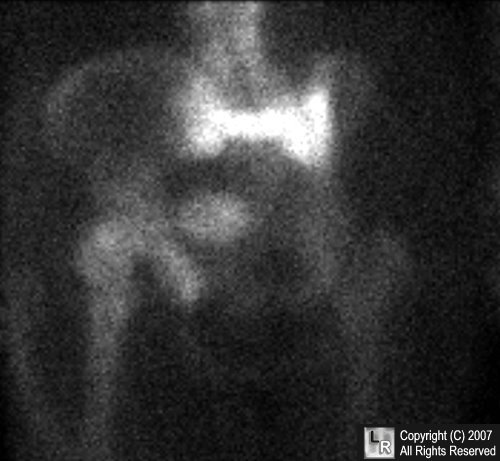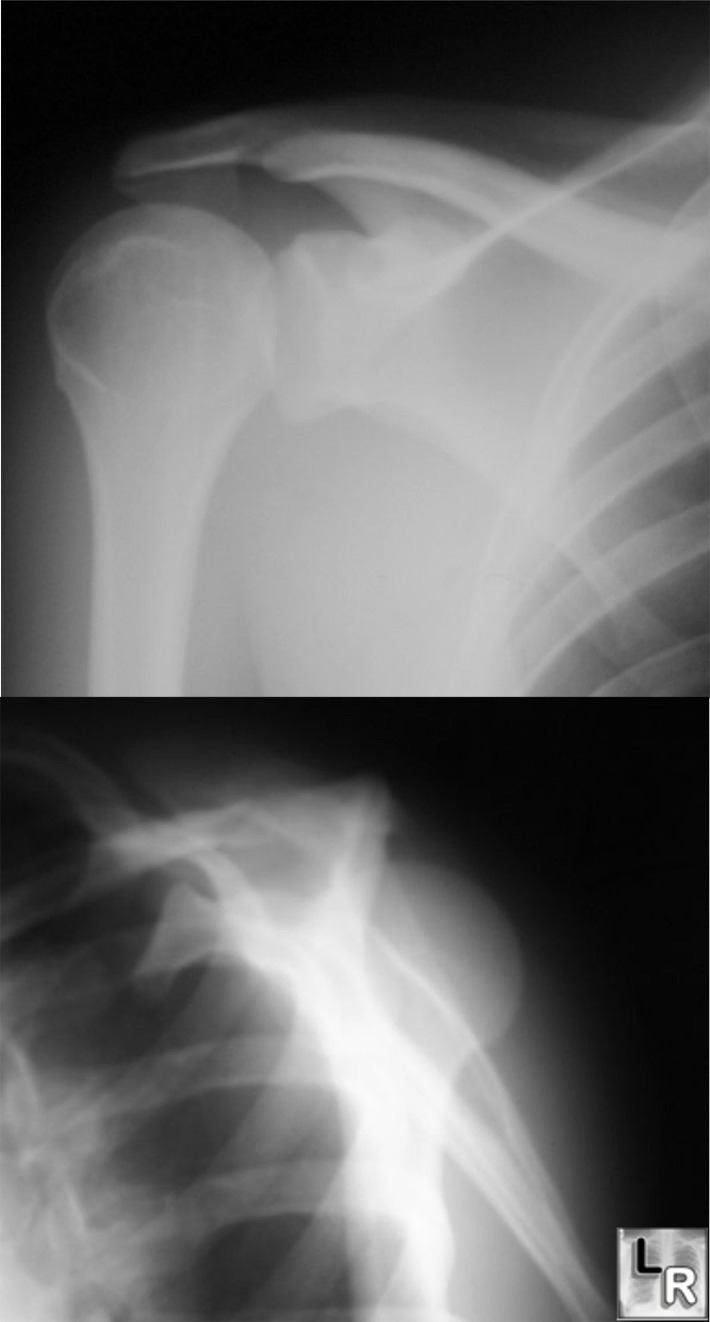.HONDA SIGN AND LIGHT BULB SIGN
Q1.Honda sign on scintigraphy of
pelvis is noted in
a.ilaic
fracture
b.pubic bone
ftracture
c.sacral insufficiency fracture
d.ischial
spine fracture
Q2.Light bulb sign on x ray of
shoulder is seen in
a.anterior
dislocation of shoulder joint
b.posterior dislocation of shoulder joint
c.fracture of neck of humerous
d.fracture of shaft of humerous
ANS. 1-----c===sacral insufficiency
2----b===posterior dislocation of shoulder
HONDA SIGN
- In the elderly, insufficiency fractures of the pelvis are common in the sacral alae.
- They are difficult to identify on radiographs because of complex anatomy and overlying bowel, but are easily recognized on skeletal scintigraphy or MRI as an area of increased activity in the shape of a capital letter ‘H’ (this is referred to as the HONDA sign’)


LIGHT BULB SIGN
- Posterior shoulder dislocations account for about 5% of shoulder dislocations.
- Approximately half of these are related to seizures or electrocutions; simultaneous and bilateral injuries may occur in this circumstance.
- A direct blow to the anterior humeral head can also cause a posterior shoulder dislocation.
- Diagnosis of a posterior shoulder dislocation on the routine anteroposterior shoulder radiograph is often difficult.
- Typically, the humerus is in fixed internal rotation, causing the head and neck of the humerus to appear like an electric light bulb—the ‘light bulb sign'

REF;
Adam: Grainger & Allison's Diagnostic Radiology, 5th
ed.
No comments:
Post a Comment